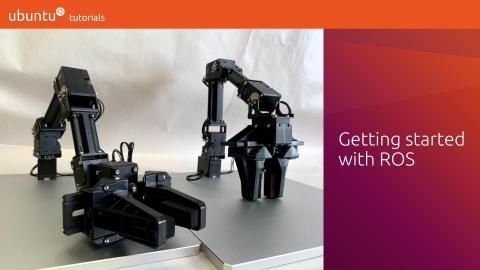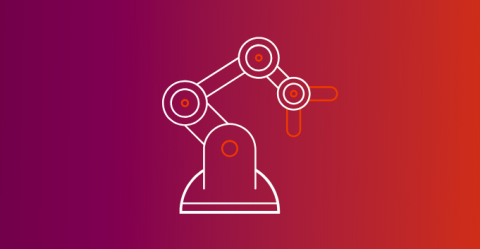The State of Robotics - August 2020
So that’s the summer gone (hopefully, that heat was awful). Or winter if that’s where you are. Seasons change and so does the state of robotics. Fortunately, that’s what we’re here for. Before we get into it, as ever, If you’re working on any robotics projects that you’d like us to talk about, be sure to get in touch.







